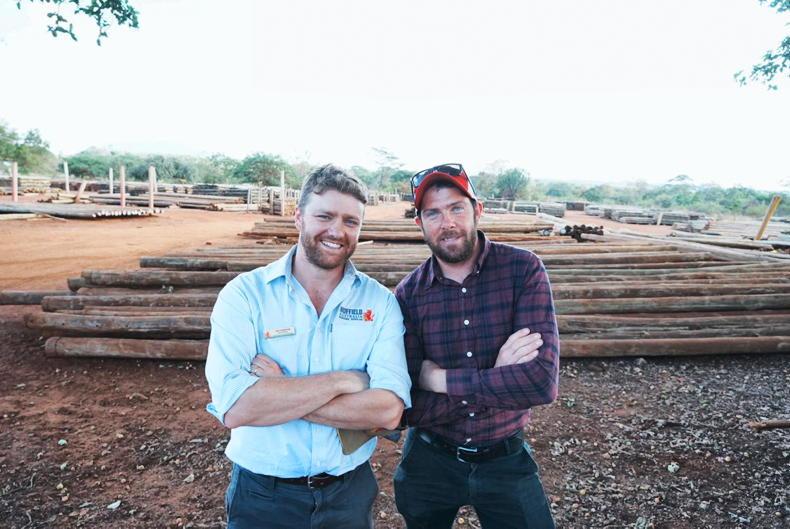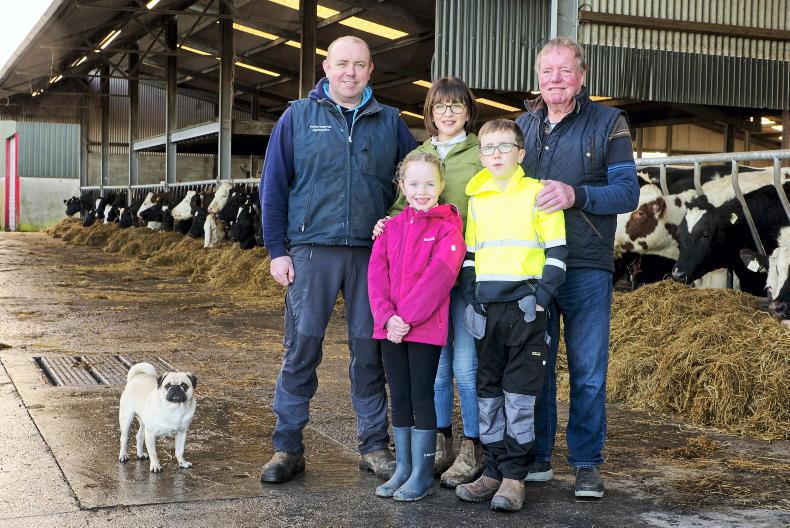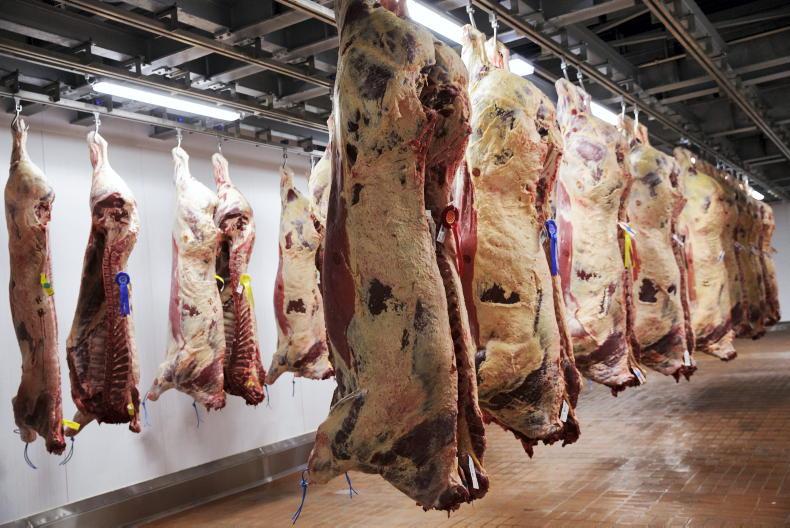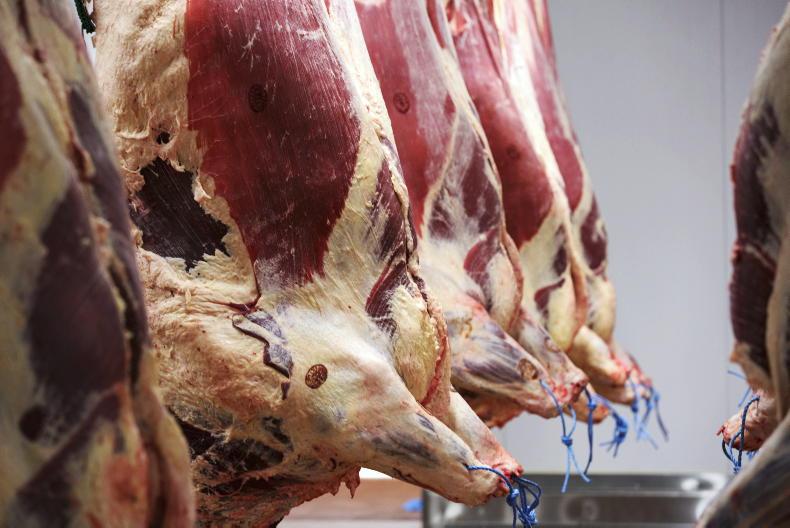The wet weather has left its mark on Martin Crowe’s farm in Carrigmore, Co Limerick.
Good levels of clover are present across the milking platform, but they haven’t kicked in yet, which has left Martin spreading more N than he would have liked so far this year.
At the end of March, grass was tight, and Martin was relying on slurry and fertiliser.
He spread 15 units N/ha across the milking platform to ensure he had enough grass for his heifers, which, having been out since 1 February, were running tight on grass.
The 2023 breeding season is going very well for Martin so far. Belgian Blue straws are being used on cows that will not be breeding replacements, as there will be more demand for these calves next spring.
Martin is using 100 straws of sexed semen this year, and hopes to get 50 or 60 of his replacement heifers from this, selling the rest.
His aim is to have a 60% conception at first-service rate.
He is now five days into the second round of breeding and, so far, is happy with the non-return rate, which is one or two cows over a three-week cycle.
Martin hopes to start calving earlier next year, with 100 cows calved by 1 February.
Martin’s focus is on cutting his artificial N use and over the past few years, he has decreased his use from almost 200kg N/ha to 93kg N/ha. The aim is to get this figure to between 40kg and 50kg/ha, with most of this going to silage ground.
However, this year, growth has been slow and Martin thinks he will struggle to keep his N use below 100kg N/ha.
Due to bad weather earlier in the year, Martin has used all of his silage reserves and is under pressure to make extra silage this year. This means that the silage ground will be receiving 90 to 100 units of N/ha this year, in comparison to last year when it only received 75 units N/ha.
There is more ground closed up for silage this year, and it will need to be bulkier than last year, as Martin will be putting it into a pit.
While these swards proved to be a lifesaver during the drought last summer, it is not an early crop
A lot of the milking platform has good clover content. However, due to slow growth, the benefits of this are yet to be seen this year.
However, the aim is that once growth kicks off, N will be cut completely across these areas. This will also help give the clover a chance to grow.
Martin has also got 15 acres of multispecies swards on the farm, which were put in two years ago.
While these swards proved to be a lifesaver during the drought last summer, it is not an early crop.
While it was grazed late (last November), it had to be grazed last in the first rotation and Martin believes the chicory and plantain are now starting to die out of the sward.
Martin’s farm is currently at Index 4 for phosphorus (P) and 2 for K (potassium).
The average pH across the farm is 6.5. While Martin was happy with the results across the home farm, K levels were low on the outfarm, which he was disappointed with.
He puts this down to taking three cuts of silage off some parts of it, and relying on N and slurry, despite the high offtakes.
In a bid to correct this, he spread two bags of 0:7:30 per acre on this ground.
He is also debating whether to add a top of MOP (Muriate of Potash) to this but is concerned the high potash may cause milk fever in the cows.










SHARING OPTIONS